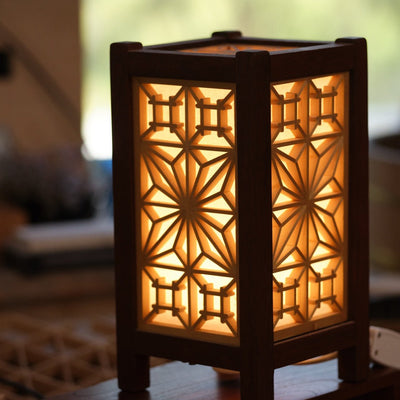Carving tools work best when razor sharp with a polished edge. However, their curves and profiles make them a trickier proposition to sharpen than straight-edged woodworking tools. In this video, Christian shares a a couple of techniques for sharpening knives and gouges without the need for highly specialised equipment.
Diagnosing Dullness
The first step in remedying dull tools is accepting that they have a problem. Look out for a dull finish, lines through your finished surface due to small chips in your blade, and the tool requiring a lot of pressure in order to move through the cut.
Sharpening Carving Knives

The carving knife is one of the simpler tools in the carver's kit to work with, but still requires some practice. It can be worked over a stone, or a stone worked over it.
The key to a good result is keeping the bevel flat on the stone, and allowing for the curve of the edge as Christian demonstrates.
What about U-Gouges?

The u-gouge is as indispensable to the craft of carving as it is finnicky to sharpen. Adding in a supporting surface parallel to your sharpening stone is a great way of stabilising the tool and taking the guesswork out of your angle on the stone.
Questions about sharpening carving tools? Give us a call on (02) 9527 3870 or send an email to info@japanesetools.com.au and we'll to our best to help problem solve your issues!



